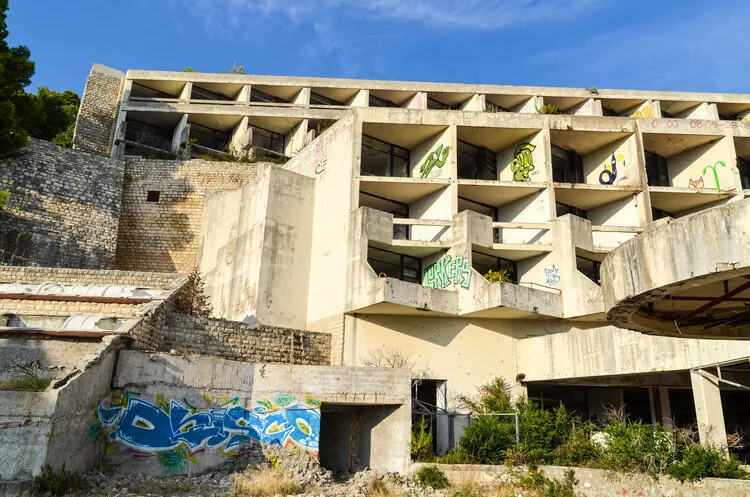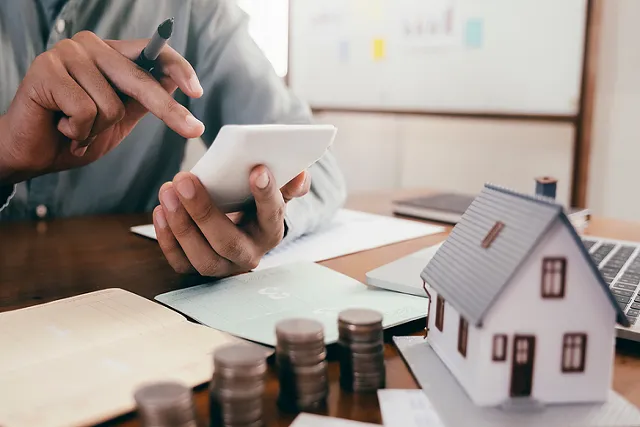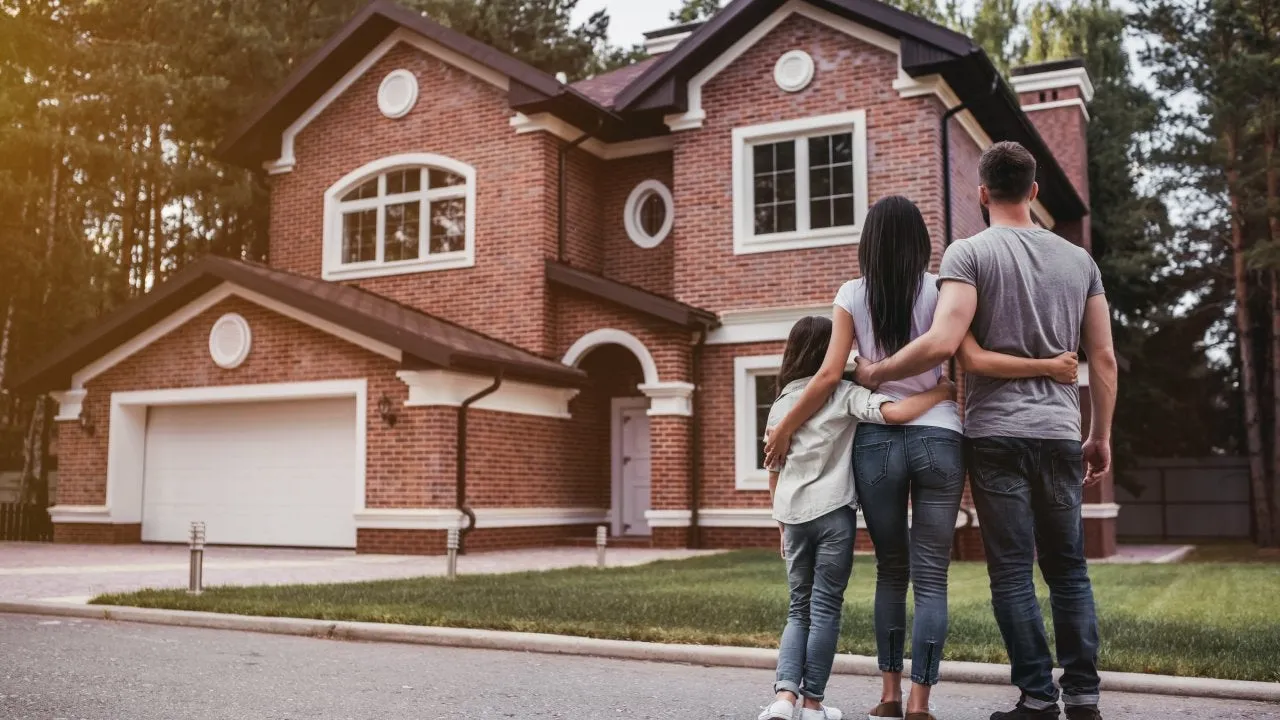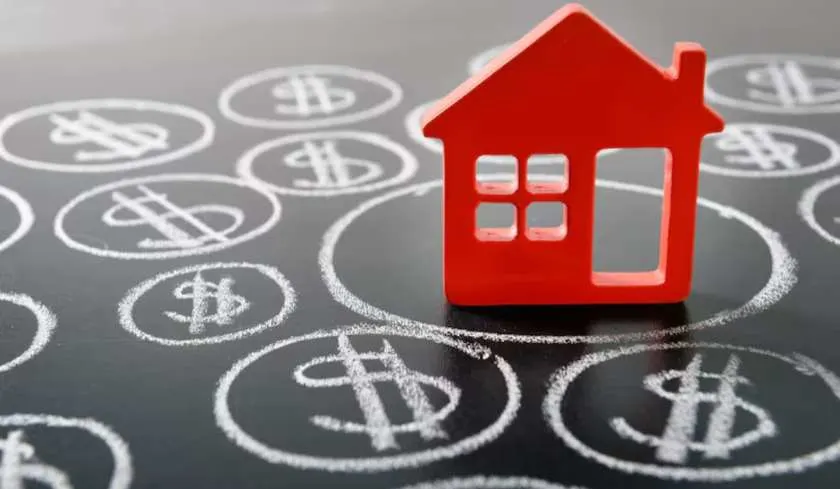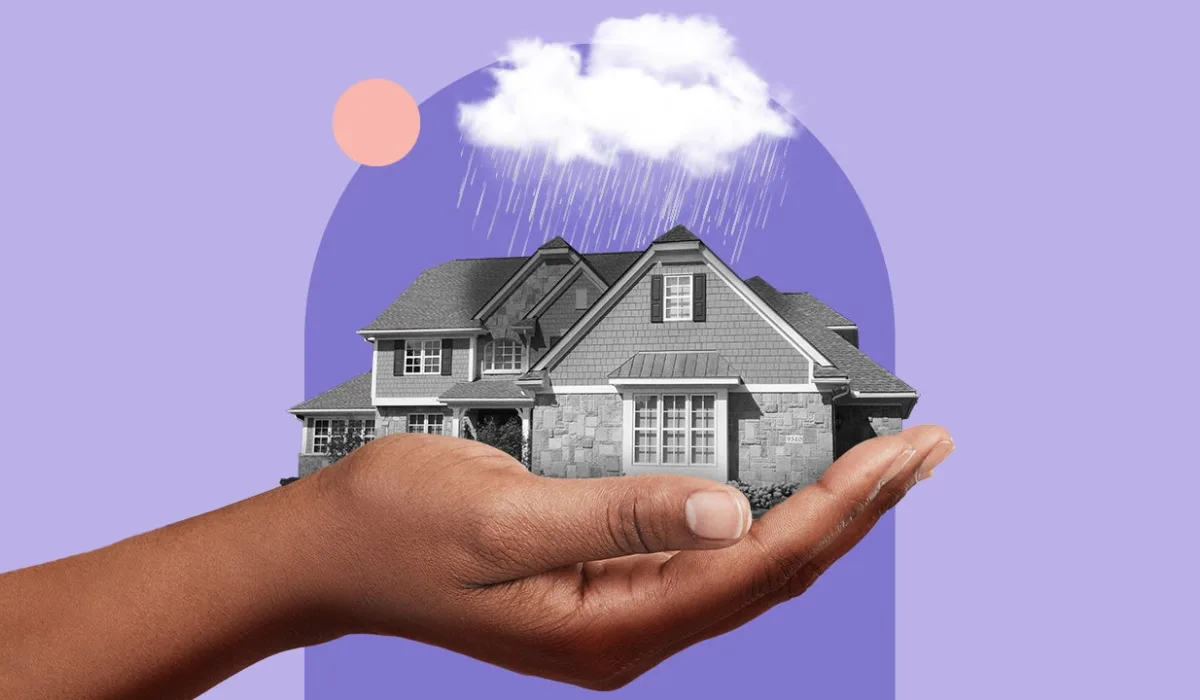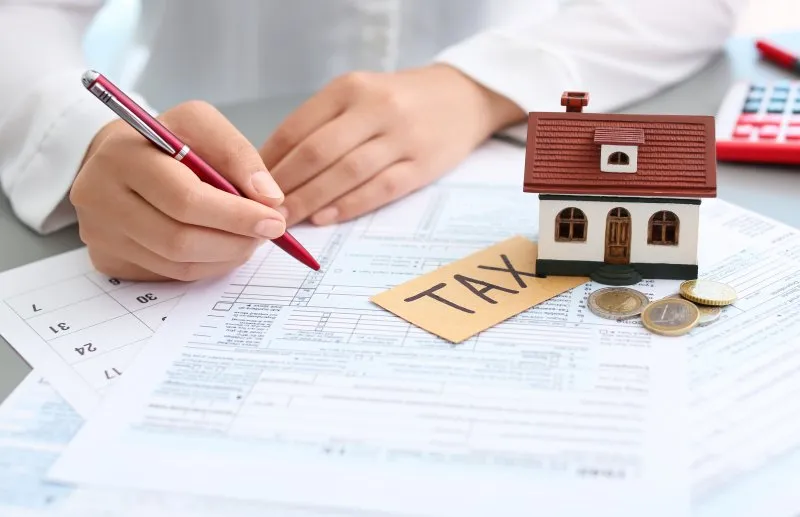The residential real estate market is still managing to close deals virtually, despite social distancing and quarantine measures. Last, Optima Kierland in Phoenix announced the sale of two condo units through virtual showings, and now The Agency has gone into escrow on two luxury homes in California, also accomplished by leveraging technology and showing properties virtually.
“In terms of doing showings, we have virtual showings and great video tools,” Mauricio Umansky, CEO and founder of The Agency, tells GlobeSt.com. “We have been able to display those videos through different channels and e-mail blasts. I have seen some real great creative things coming out through Facetime, Instagram Live and different social media channels from a marketing perspective. We have actually sold two properties this week through Facetime.” Umansky adds that ubiquitous video conferencing app Zoom has also played a critical roll in agents’ ability to transact in this market. “That has been a key tool, and that company has really been a beneficiary of this crisis,” he says.
Facetime and Zoom have both allowed showings to remain interactive during social distancing. Through video calls, agents can arrive at and show a property just as they would with the client present. “I personally did an interactive showing through Facetime this week,” says Umansky. “The camera and video screens are pretty good. I went to the house and prepared it as though I would on an in-person showing. Then, I went outside, made the call and did the whole showing as if the client was walking behind me, and they could ask questions as we went. You can show the property really well that way.”
Demand has certainly decreased as a result of the outbreak, but some people still need to buy and sell homes out of necessity—just as some commercial investors might. Those clients have become the focus of the firm in the short term. “Agents should be marketing themselves right now, rather than marketing properties,” Umansky says. “There are still people have to buy and sell. Some people have already sold their house and need to buy a new house and they are in limbo. The world doesn’t stop because of the coronavirus, yet it does. It is a very awkward time for all of these people. We are still trying to service them, and we are trying to service them while practicing real social distancing.”
While there are still some deals happening, there is no doubt that the coronavirus pandemic has thrown a rather sizable wrench in what was a well-oiled machine. The extent of the market damage won’t be known for months. “Since California has been on an official quarantine, showings have been way down,” says Umansky. “Real estate isn’t like the stock market, which moves on a second-to-second basis. We won’t see the real effect of this for another 30, 60 or 90 days. That is when we see the closings occurring.”
For now, Umansky is looking at showing activity to make predictions—but the numbers aren’t reassuring. “The first measure is showings, because if you can’t show properties, it is very difficult to sell,” he says. “There is a graph we use to measure showing activity. January 1 to January 7 is the slowest week of the year, in theory, and last week we were 45% slower than that week. I guarantee that when the graph measures for next week, we will be down 65% or 70%. That will lead to slower sales; it is hard to say now if there will be a reduction in pricing, but there is definitely going to be a reduction in volume.”
Despite slowing interest, there is still a viable narrative that this pandemic could only defer demand, instead of quash it. More optimistic economists believe that we will see a dire quarter two but potential recovery in quarter three—referring to the rising unemployment rate as job furloughs rather than job losses. Umansky makes a similar case, adding that his outlook changes day by day. “If the stimulus package does its job and we have a swift recovery, then we will see deferred sales where we went on pause for a month but the demand continued,” says Umansky. “In that scenario, there will be a rush to buy and a V-shaped recovery, which would be fantastic.”


